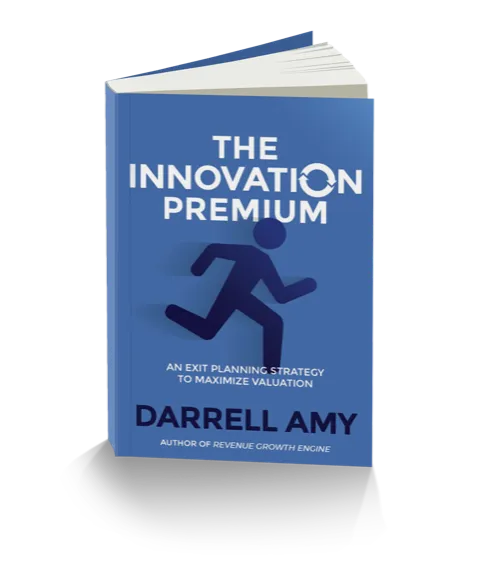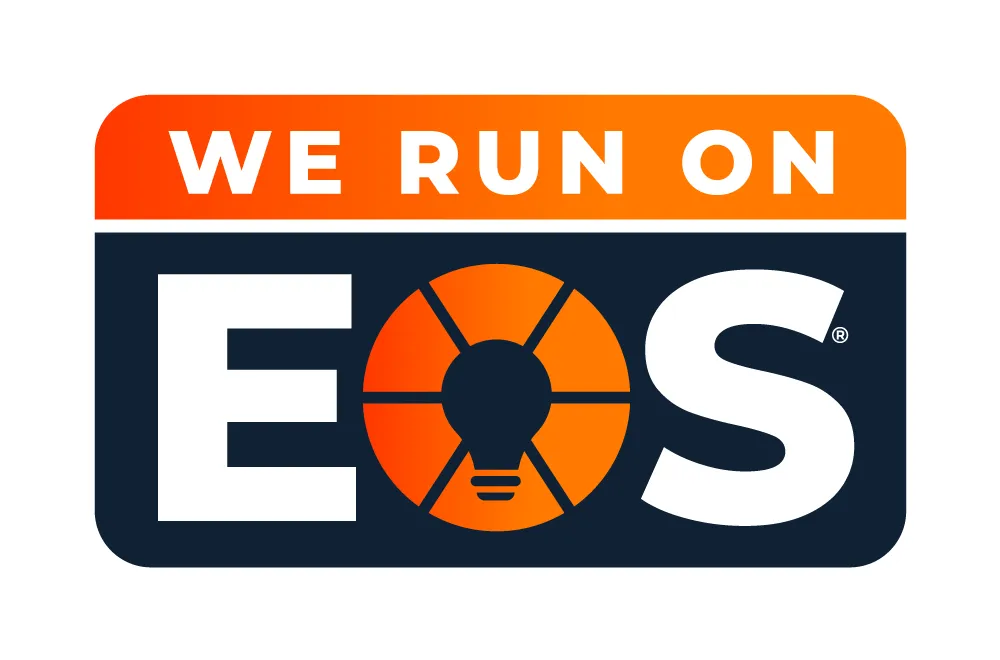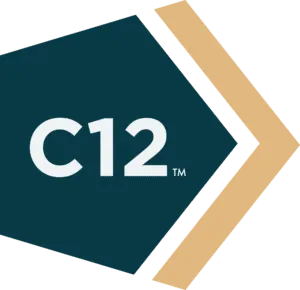THE VALUE CREATION BLOG

Two Tips For Making Your Sales Forecasts More Accurate
Throughout my career as a sales professional and sales leader, I’ve been asked to assess the closing probability of the deals in my pipeline. These probabilities are used to try to create accurate sales forecasts.
However, forecasts are rarely accurate, which can be frustrating for executives. And while forecasting is a necessary exercise, I've found it has almost become a joke, as if sales professionals randomly assign probabilities based on a gut feeling.
But what if there were a better way to assign the probability of the deal closing? From my perspective, there is. Here are two steps you can take to help increase the accuracy of your sales forecasts:
1. Connect your services to the outcomes potential clients want.
Keep in mind that buyers don't simply buy products and services from you; they buy the outcomes those products and services can deliver. So for each deal in your funnel, ensure your sales representatives understand the buyer's desired outcomes, their top business and personal goals, and the challenges they are facing in reaching those goals.
I've found deals close when they are connected to the outcomes each buyer wants. If you know the buyer’s top desired outcomes and have connected your recommendation to that outcome, you have a high probability of closing a deal. If you don’t know the outcomes the buyer wants, your probability is low.
2. Ensure your sales team is prepared.
The important thing to remember is that you must have a realistic understanding of your prospects' top goals. Buyers have limited resources of budget and time, and these resources will be focused on addressing their top priorities. If your proposal doesn’t connect to one of those top priorities, even if you have a good idea, it will likely get relegated to the list of “nice ideas we plan on getting around to someday.”
So, if you have deals stuck in your funnel, ask the sales representative two direct questions:
1. Can you articulate the prospect's top three business and personal goals, as well as their challenges?
2. How does this proposal help them achieve one or more of those top three goals?
When it comes to forecasting, your closing probability should be based on the answers to these two questions. You can assign a weighted percentage to each yes, though, for complex sales, you might want to go down a level and consider the outcomes of each member of the buying team.
If your sales reps cannot answer these questions effectively, however, the possibility of closing the deal is low. In these instances, I suggest sliding the deal back to the early stage of the funnel or removing the deal from your funnel completely and going back to the drawing board.
The Takeaway
Buyers invest in products and services to get outcomes. If your deals are not connected to the outcomes, the likelihood of closing is slim to none. Connect your forecasting to an understanding of buyers' desired outcomes and your forecast can become more accurate. You can also begin to guide your sales team to an outcomes mindset, which I've found can help them close more sales as they begin to talk with their prospects about their business goals and challenges.
Originally published on Forbes Council.
FREE BUSINESS VALUATION
What is Your Business Worth?
You can Discover the Value of Your Business in Less than 20 Minutes!
Join 70,000 business owners and get your score on the 8 Factors That Drive Your Company’s Value, a comprehensive analysis of your score and a detailed action plan for how to improve your score on each.


PREORDER YOUR FREE COPY NOW
Discover How to Create a Premium Valuation for Your Business
Learn how to command a premium multiple on your business
Find out why buyers discount their offers
See how innovation can help you create a premium valuation
Estimate your company's innovation index



